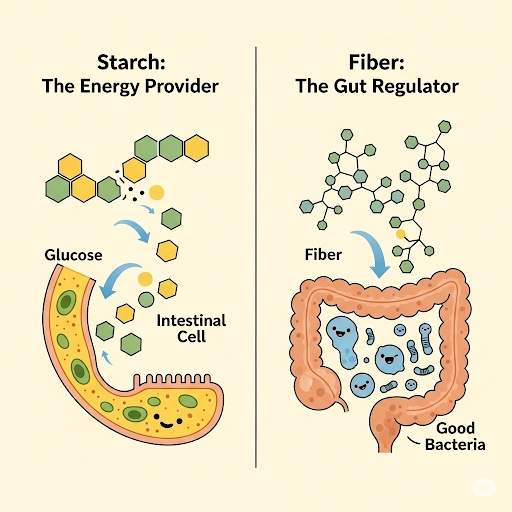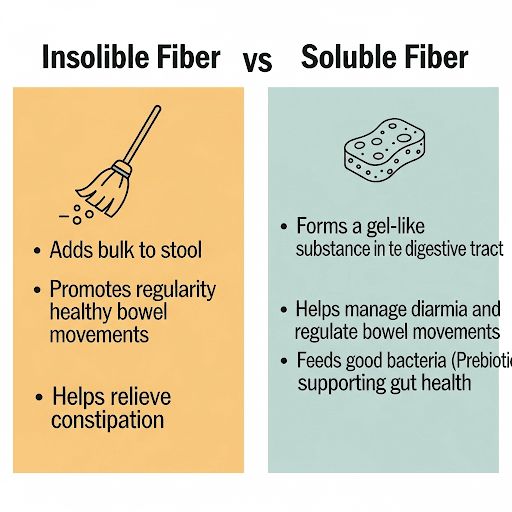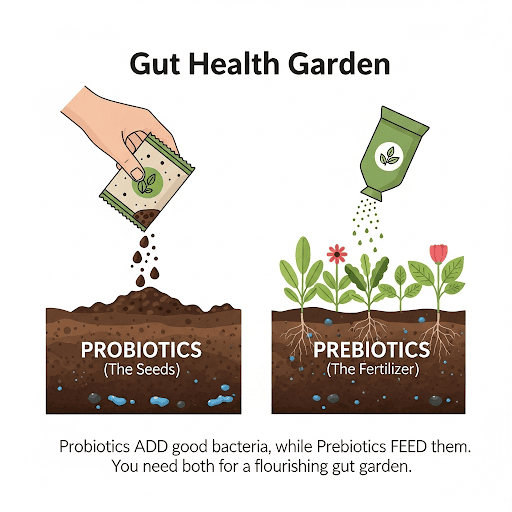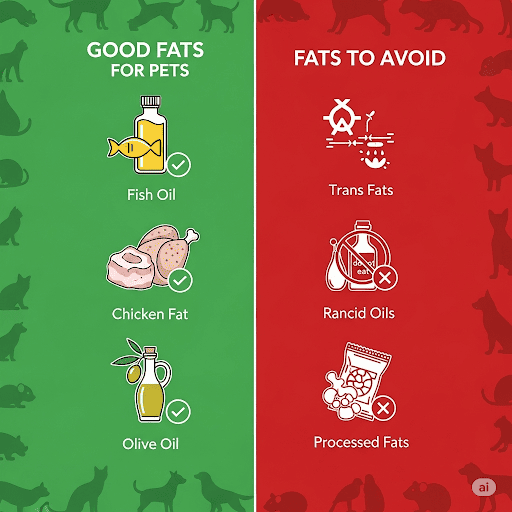The word "carbohydrate" often brings to mind simple sugars, but the vast majority of carbs in your pet's food are far more complex and vital. These are the polysaccharides, the unsung workhorses of your pet's diet that provide both sustained energy and essential support for their digestive system.
Understanding polysaccharides is key to looking past marketing hype and truly evaluating the quality of your pet's nutrition. While the name sounds technical, the concept is straightforward and will change the way you look at an ingredient label. This guide will break down what polysaccharides are, explore the two most important types for your pet, and clarify their essential roles in promoting lifelong health.
What Exactly is a Polysaccharide?
Let's break down the word itself: "poly" means many, and "saccharide" means sugar. So, a polysaccharide is simply a long, complex chain of many sugar molecules (like glucose) linked together. Think of it like a long, intricate pearl necklace, where each pearl is a single sugar molecule.
Because they are made of these long, complex chains, they are often referred to as complex carbohydrates.
Unlike simple sugars which are absorbed quickly, polysaccharides must be broken down by your pet's digestive system before their energy can be used. How they are broken down determines their function in the body.
The two most important classes of polysaccharides in pet food are starch and fiber. Though they are both made of long sugar chains, the way those chains are bonded together makes them behave very differently in your pet's gut.
The Two Faces of Polysaccharides: Starch vs. Fiber
The difference between starch and fiber all comes down to a single question: can your pet's own enzymes break it down?
Starch and Fiber are both polysaccharides, but their different chemical bonds give them very different jobs in the body.
Starches are polysaccharides connected by bonds that your pet's digestive enzymes (like amylase) can easily break. They are the "digestible" complex carbohydrates.
- Function: Their primary role is to provide a slow, steady release of energy. The long chains are snipped apart into individual glucose molecules, which are absorbed and used to fuel the body's cells.
- Sources: Common sources of starch in pet food include grains like corn, rice, and barley, as well as ingredients like potatoes, sweet potatoes, and peas.
- Importance: For dogs, digestible starches are an excellent and efficient energy source, sparing more valuable protein from being burned for fuel.
The Role in Modern Pet Food
In dry kibble, polysaccharides play a structural role as well. The starches are necessary for the extrusion process, which cooks the food and forms the familiar kibble shape. A common misconception is that all carbs, especially starches, are "fillers." In reality, when sourced from quality ingredients, they are functional components that provide essential energy and structure.
As obligate carnivores, cats have no minimum dietary requirement for carbohydrates. Their metabolism is optimized for protein and fat. While they can digest starches, a diet for a cat should always prioritize high-quality animal protein over a high level of polysaccharides.
Image: The Breakdown of a Polysaccharide

Digestible polysaccharides like starch are broken down by enzymes into glucose, providing a vital source of energy for your pet's body and brain.
Conclusion: The Power of Complex Carbs
Polysaccharides are far more than simple fillers. They are a diverse and essential group of complex carbohydrates that play two distinct but equally important roles in your pet's body. Digestible starches provide the sustained energy needed to fuel their daily adventures, while indigestible fibers regulate their digestive tract and nourish the beneficial bacteria that form the core of their immune system.
By understanding the difference between starch and fiber, you can look beyond the "carbohydrate" percentage on a pet food label and appreciate the functional purpose of these powerful nutrients in a well-formulated diet.


